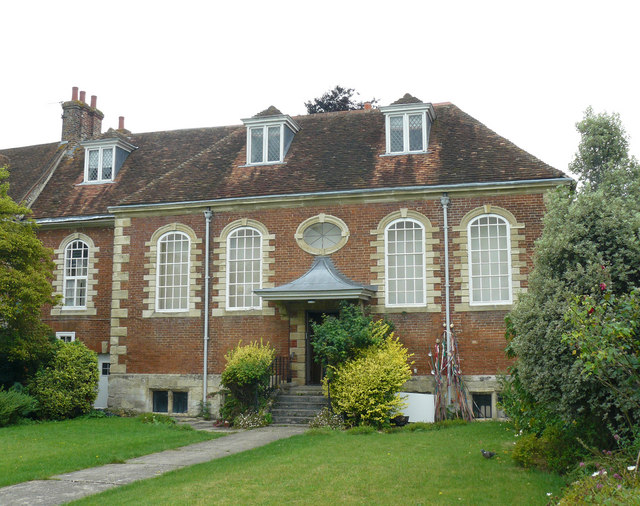Wren Hall on:
[Wikipedia]
[Google]
[Amazon]
 Wren Hall is a
Wren Hall is a
 Wren Hall is a
Wren Hall is a Grade I listed building
In the United Kingdom, a listed building or listed structure is one that has been placed on one of the four statutory lists maintained by Historic England in England, Historic Environment Scotland in Scotland, in Wales, and the Northern Irel ...
in Salisbury Cathedral Close, Wiltshire, England.
Situated on the west side of Choristers' Green, it was originally part of the attached Braybrook House. A rebuilding was commissioned and funded by Sir Stephen Fox
Sir Stephen Fox (27 March 1627 – 28 October 1716) of Farley, Wiltshire, Farley in Wiltshire, of Redlynch, Somerset, Redlynch Park in Somerset, of Chiswick, Middlesex and of Whitehall, was a royal administrator and courtier to King Charles ...
, an alumnus of the Cathedral School
Cathedral schools began in the Early Middle Ages as centers of advanced education, some of them ultimately evolving into medieval universities. Throughout the Middle Ages and beyond, they were complemented by the monastic schools. Some of these e ...
, and carried out in 1714 by Thomas Naish, Clerk of Works to the cathedral
A cathedral is a church that contains the '' cathedra'' () of a bishop, thus serving as the central church of a diocese, conference, or episcopate. Churches with the function of "cathedral" are usually specific to those Christian denomination ...
, to provide a classroom and further dormitories for the cathedral choristers. It has little proven connection with Christopher Wren
Sir Christopher Wren PRS FRS (; – ) was one of the most highly acclaimed English architects in history, as well as an anatomist, astronomer, geometer, and mathematician-physicist. He was accorded responsibility for rebuilding 52 churches ...
except that in its style it provides a suitable memorial to the Wiltshire-born architect.
After the removal of the Choir School the College of Sarum St Michael acquired it for a short period until it became the diocesan archive repository. In the 1980s it was used as the Salisbury Cathedral Spire Appeal office and later became a cathedral educational resource centre for school visits. The desks of the headmaster and assistant master remain at opposite ends of the room as a reminder of the original use as a single large classroom, or "Big School Room" as it was called, with the two classes sitting back-to-back. The attic contains some dormitories and there are original medieval cellars below the building.
The building was designated as Grade I listed in 1952.
References
{{commons category Georgian architecture in Wiltshire Salisbury Cathedral Buildings and structures in Salisbury Grade I listed buildings in Wiltshire